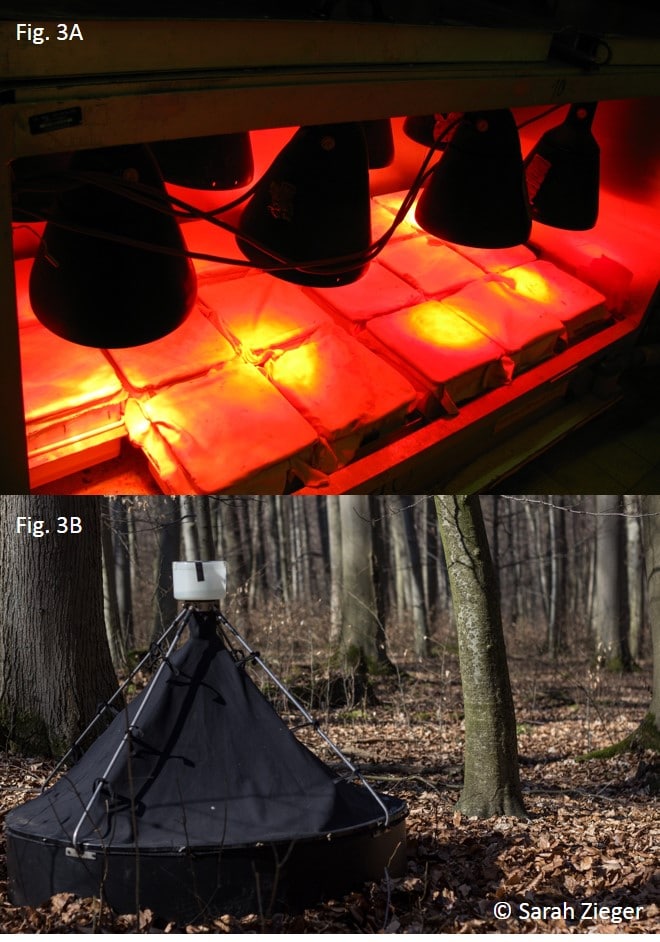Changes in soil food web structure of the decomposer system with land use intensity in forest systems

Soil food webs are an essential part of terrestrial ecosystems and closely linked to aboveground systems. In soil, animals act as decomposer of dead organic matter, as root feeders or as ecosystem engineers, which improve soil structure by mixing soil layers. Despite their important role we know little about these creatures and their interactions due to their small size, high diversity but also their cryptic life.
We investigate the effect of forest land-use on structure of soil animal communities and their trophic interactions. The goals of this project are two-fold: First, we characterize the animal communities of the soil and litter layer in differently managed forests and record shifts in abundance, diversity and biomass over time. We then use these data to study trophic relationships of key species, their trophic position and their food resources.
We are investigating inter-annual shifts in soil animal communities. Species fluctuate between years due to changing abiotic (temperature, precipitation) and biotic factors (changes in competition strength, predation or facilitation).
Hypotheses
- Generally, dominance and trophic structure of the soil animal communities vary little in time, and variations with forest type / land-use intensity are consistent in time.
- Temporal variations are more pronounced in larger soil animal taxa and increase with trophic level.
Methods
Soil fauna (Macrofauna (Fig. 1) and Mesofauna (Fig. 2)) will be extracted from litter and soil separately using a high gradient canister technique (Fig. 3A). Earthworms will be extracted by the mustard method. Soil animals will be identified to species level and abundance, diversity and biomass will be recorded.
Microbial parameters are essential for the analysis of trophic links of soil animal food webs. Therefore, microbial biomass will be measured by the substrate induced respiration (SIR) method and microbial PLFA patterns using biomarker fatty acids.
Dipteran larvae are major components of the decomposer food web and little is known about their feeding behavior and the effect of land use intensity on community structure.
Hypotheses
- Similar to soil meso- and macrofauna the density of dipteran larvae increases with the thickness of organic layers but varies little with forest type / land-use intensity.
- The trophic position of dipteran species varies significantly with the thickness of organic layers but little with forest type.
Methods
By using emergence traps (Fig. 3B) we capture Diptera direct after reaching maturity. Stable isotope signature of these individuals reflect the trophic position of larvae which are heavily understudied due to difficulty to identify Diptera larvae to species level.















